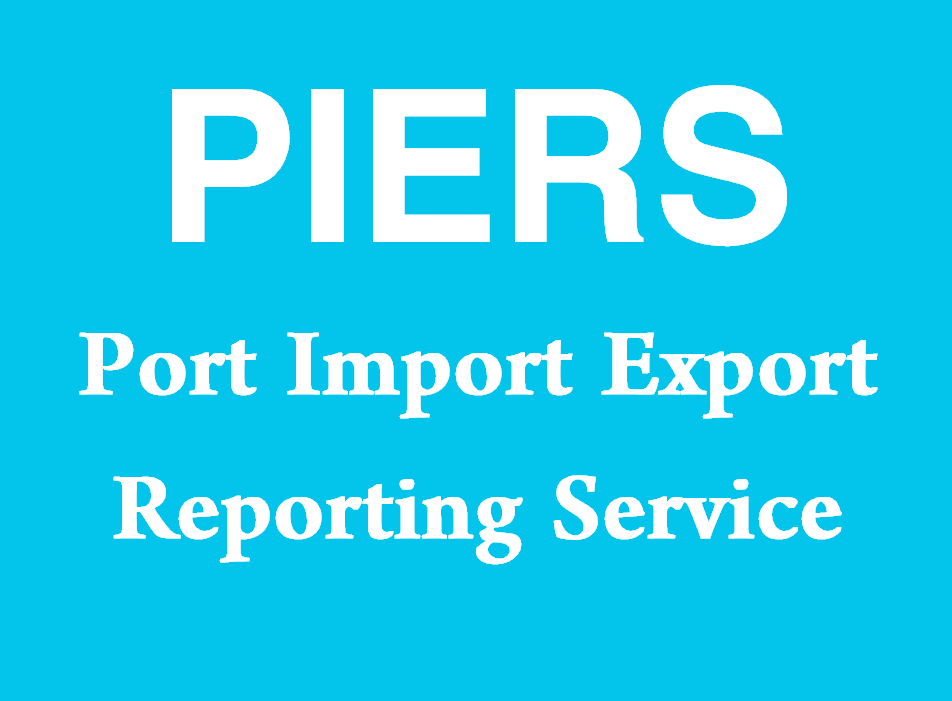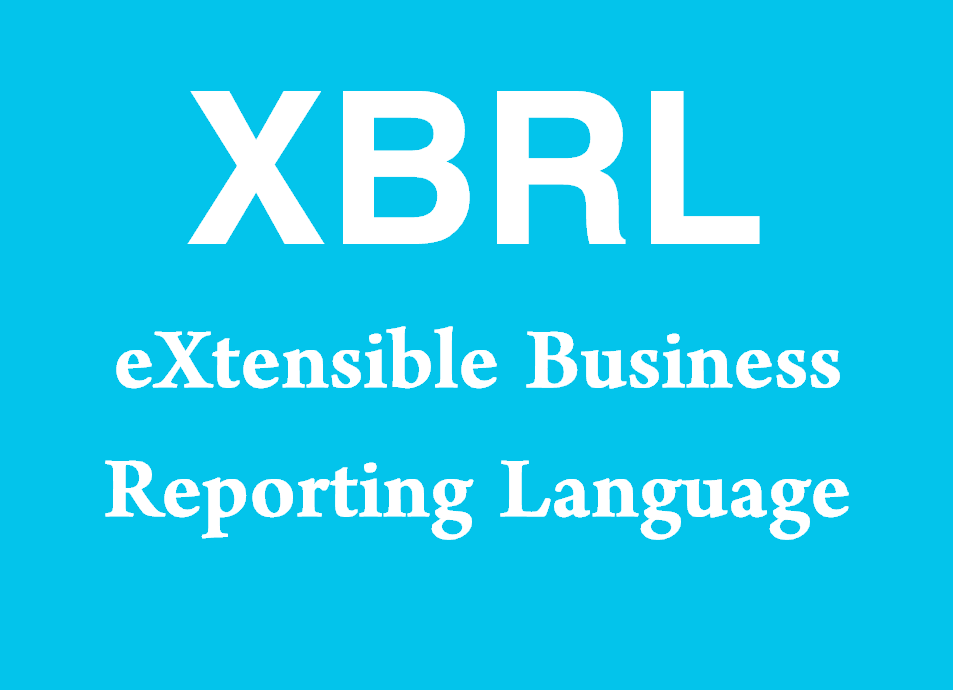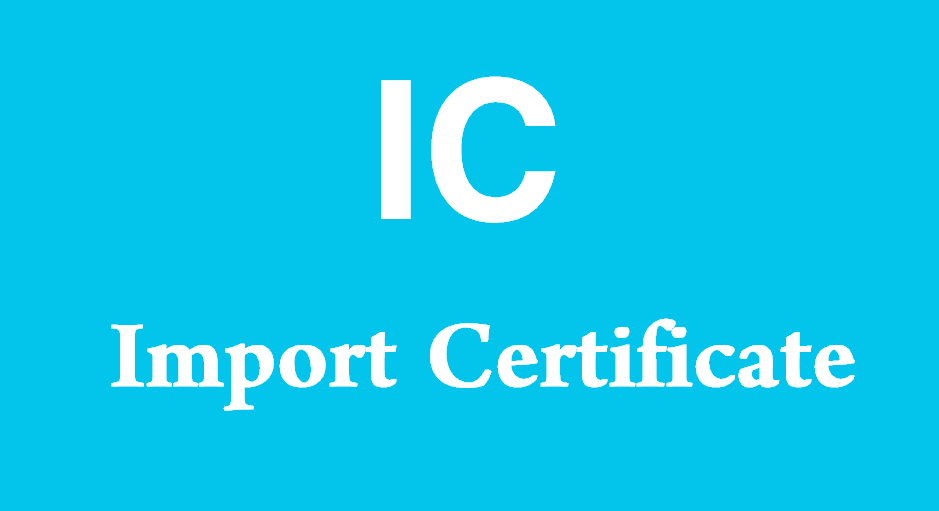What Does PIERS Stand For?
PIERS stands for Port Import Export Reporting Service. It is a comprehensive database and intelligence platform that provides detailed and real-time information on import and export activities at ports worldwide. PIERS offers valuable insights into trade trends, market dynamics, and competitor activities, helping businesses make informed decisions and optimize their supply chain operations.

Comprehensive Explanation of Port Import Export Reporting Service
Introduction to PIERS
Definition and Purpose
Port Import Export Reporting Service (PIERS) is a leading provider of trade intelligence solutions for businesses involved in global trade. Founded in 1970, PIERS collects and analyzes data on import and export shipments, providing valuable insights into trade flows, market trends, and competitor activities.
Historical Background
PIERS has a rich history of providing reliable and timely trade data to businesses worldwide. Over the years, the platform has evolved to meet the changing needs of the global trade community, leveraging advanced technologies and analytics to deliver actionable insights.
Key Features of PIERS
Comprehensive Data Coverage
PIERS offers comprehensive coverage of import and export shipments at ports worldwide. The platform collects data from shipping manifests, bills of lading, and other trade documents, providing detailed information on cargo movements, vessel schedules, and trade volumes.
Real-time Updates
PIERS provides real-time updates on trade activities, ensuring that businesses have access to the latest information to make timely decisions. Users can track shipments, monitor market trends, and receive alerts on significant developments in the global trade landscape.
Customizable Analytics
PIERS offers customizable analytics tools that allow users to analyze trade data based on their specific needs and preferences. Users can generate custom reports, charts, and dashboards to gain deeper insights into trade flows, market dynamics, and competitor strategies.
Market Intelligence
PIERS provides market intelligence reports and analyses that help businesses understand market trends, identify growth opportunities, and assess competitive threats. These insights enable businesses to develop informed strategies and stay ahead of the competition.
Integration Capabilities
PIERS seamlessly integrates with other business systems and platforms, allowing users to access trade data directly from their existing workflows. Integration capabilities enhance efficiency and productivity, enabling businesses to leverage trade data more effectively.
Benefits of Using PIERS
Strategic Decision Making
PIERS provides businesses with valuable insights into trade patterns, market trends, and competitor activities, enabling strategic decision-making. By understanding market dynamics and identifying opportunities and risks, businesses can optimize their supply chain operations and maximize profitability.
Enhanced Market Intelligence
PIERS offers comprehensive market intelligence that helps businesses stay informed about market trends, customer preferences, and competitor strategies. Access to timely and accurate trade data allows businesses to anticipate changes in demand, adjust their marketing strategies, and capitalize on emerging opportunities.
Improved Risk Management
By monitoring trade activities and market trends in real-time, PIERS helps businesses identify and mitigate risks associated with supply chain disruptions, regulatory changes, and geopolitical events. Early detection of potential risks enables businesses to implement proactive measures to protect their operations and minimize potential losses.
Competitive Advantage
PIERS provides businesses with a competitive advantage by offering valuable insights into competitor activities, market trends, and customer preferences. By staying ahead of the competition and adapting to changing market conditions, businesses can strengthen their market position and drive sustainable growth.
Challenges of Using PIERS
Data Accuracy and Completeness
One of the challenges of using PIERS is ensuring the accuracy and completeness of trade data. While PIERS collects data from multiple sources, discrepancies and inaccuracies may occur, impacting the reliability of the insights derived from the platform.
Data Integration
Integrating PIERS data with existing business systems and workflows can be challenging for some organizations. Ensuring seamless data integration requires technical expertise and resources, which may pose barriers for smaller businesses or those with limited IT capabilities.
Cost Considerations
PIERS subscription fees can be costly for some businesses, particularly smaller companies or startups with limited budgets. Balancing the cost of accessing PIERS data with the potential benefits it offers requires careful consideration and evaluation of return on investment.
Best Practices for Using PIERS
Data Validation and Verification
To ensure the accuracy and reliability of PIERS data, businesses should validate and verify trade information from multiple sources. Cross-referencing data with other reputable sources and conducting periodic audits can help identify discrepancies and ensure data integrity.
Continuous Training and Education
Providing ongoing training and education to users is essential for maximizing the value of PIERS. Businesses should invest in training programs to familiarize users with the platform’s features and capabilities, enabling them to leverage trade data more effectively.
Collaboration and Knowledge Sharing
Encouraging collaboration and knowledge sharing among users can enhance the collective intelligence and insights derived from PIERS. Businesses should create forums, discussion groups, and knowledge-sharing platforms to facilitate collaboration and exchange of best practices.
Case Studies of Successful PIERS Implementation
Company A: Optimizing Supply Chain Operations
Company A, a global logistics provider, implemented PIERS to optimize its supply chain operations. By leveraging PIERS data to track cargo movements, analyze trade patterns, and identify bottlenecks, Company A improved operational efficiency, reduced transit times, and enhanced customer satisfaction.
Company B: Expanding into New Markets
Company B, a multinational retailer, used PIERS to expand into new markets. By analyzing trade data and market trends provided by PIERS, Company B identified lucrative opportunities in emerging markets, developed targeted marketing strategies, and successfully launched new product lines, driving growth and profitability.
Future Trends in Port Import Export Reporting Service
Enhanced Data Analytics
The future of PIERS is likely to be shaped by advancements in data analytics, including artificial intelligence and machine learning technologies. These technologies will enable more sophisticated analysis of trade data, deeper insights into market trends, and predictive analytics capabilities.
Integration with Blockchain Technology
Blockchain technology holds promise for enhancing the transparency, security, and traceability of trade data. Integrating PIERS with blockchain-based platforms could streamline trade documentation processes, reduce fraud and errors, and improve trust and transparency in global trade.
Focus on Sustainability and ESG Factors
As businesses increasingly prioritize sustainability and environmental, social, and governance (ESG) factors, PIERS may expand its coverage to include data on sustainable trade practices, carbon emissions, and ethical supply chain management. Providing insights into ESG performance could help businesses make more socially responsible decisions.
Conclusion
Port Import Export Reporting Service (PIERS) plays a crucial role in facilitating global trade by providing businesses with valuable insights into trade activities, market trends, and competitor strategies. By leveraging PIERS data and analytics, businesses can make informed decisions, optimize their supply chain operations, and drive sustainable growth in an increasingly complex and dynamic global marketplace.
Notes to Importers
Introduction
Importing goods involves navigating complex regulations, logistics, and market dynamics. This section provides comprehensive notes to importers on how to effectively manage import operations, mitigate risks, and capitalize on opportunities in the global market.
Compliance with Import Regulations
Understanding Tariffs and Duties
Importers must understand the tariffs and duties applicable to their imported goods. This includes researching tariff classifications, duty rates, and preferential trade agreements to ensure compliance with import regulations.
Documentation and Customs Clearance
Ensuring accurate and complete documentation is essential for smooth customs clearance. Importers should familiarize themselves with the required paperwork, including commercial invoices, packing lists, and certificates of origin, and ensure compliance with customs regulations to avoid delays or penalties.
Import Licensing and Permits
Certain imported goods may require specific licenses or permits before they can be brought into the country. Importers should research and obtain the necessary licenses or permits from relevant government agencies to ensure legal compliance and smooth importation.
Risk Management Strategies
Currency Exchange Risks
Fluctuations in currency exchange rates can impact the cost of imported goods and affect profitability. Importers can mitigate currency exchange risks by using hedging strategies, such as forward contracts or currency options, to lock in favorable exchange rates.
Supply Chain Disruptions
Disruptions in the supply chain, such as transportation delays or production interruptions, can pose significant risks to importers. Implementing contingency plans, diversifying suppliers, and maintaining safety stock levels can help mitigate the impact of supply chain disruptions on import operations.
Regulatory Compliance Risks
Non-compliance with import regulations and customs requirements can result in fines, penalties, or shipment delays. Importers should stay updated on changes in import regulations, conduct regular compliance audits, and establish robust internal controls to ensure adherence to regulatory requirements.
Strategic Planning and Forecasting
Market Research and Analysis
Conducting thorough market research and analysis is essential for importers to identify market trends, consumer preferences, and competitive dynamics. By understanding market demand and competitor activities, importers can develop effective import strategies and capitalize on market opportunities.
Demand Forecasting
Accurate demand forecasting helps importers optimize inventory management and procurement processes. By analyzing historical sales data, market trends, and seasonal variations, importers can anticipate demand fluctuations and adjust import orders accordingly to minimize stockouts or excess inventory.
Logistics and Supply Chain Management
Transportation and Logistics Planning
Choosing the right transportation modes and logistics providers is critical for efficient import operations. Importers should evaluate factors such as transit times, costs, and reliability when selecting transportation options and logistics partners to ensure timely delivery of imported goods.
Inventory Management
Effective inventory management is essential for importers to balance supply and demand and optimize working capital. Importers should implement inventory control measures, such as ABC analysis and just-in-time inventory systems, to minimize carrying costs and maximize inventory turnover.
Building Strong Supplier Relationships
Supplier Evaluation and Selection
Selecting reliable and reputable suppliers is key to ensuring product quality and supply chain reliability. Importers should conduct thorough supplier evaluations, including assessments of financial stability, production capacity, and quality assurance processes, before entering into supplier agreements.
Communication and Collaboration
Maintaining open and transparent communication with suppliers fosters trust and collaboration in the supply chain. Importers should establish regular communication channels with suppliers, address any issues or concerns promptly, and work together to resolve challenges and improve supply chain efficiency.
Embracing Technology
Automation and Digitalization
Embracing automation and digitalization can streamline import operations and improve efficiency. Importers can leverage technology solutions, such as electronic data interchange (EDI) systems, supply chain management software, and customs clearance platforms, to automate manual processes, reduce paperwork, and enhance visibility and control over import operations.
Data Analytics and Business Intelligence
Harnessing data analytics and business intelligence tools enables importers to gain actionable insights into import trends, costs, and performance metrics. Importers can use data analytics to identify areas for cost optimization, improve decision-making, and drive continuous improvement in import operations.
Sustainability and Ethical Considerations
Sustainable Sourcing Practices
Promoting sustainable sourcing practices is essential for importers to minimize environmental impact and support social responsibility initiatives. Importers should prioritize suppliers that adhere to ethical labor practices, environmental sustainability standards, and corporate social responsibility principles.
Ethical Supply Chain Management
Ensuring ethical supply chain management is critical for importers to uphold integrity and transparency throughout the supply chain. Importers should conduct due diligence on suppliers to verify compliance with labor, human rights, and environmental regulations and implement measures to prevent issues such as forced labor, child labor, and environmental degradation in the supply chain.






